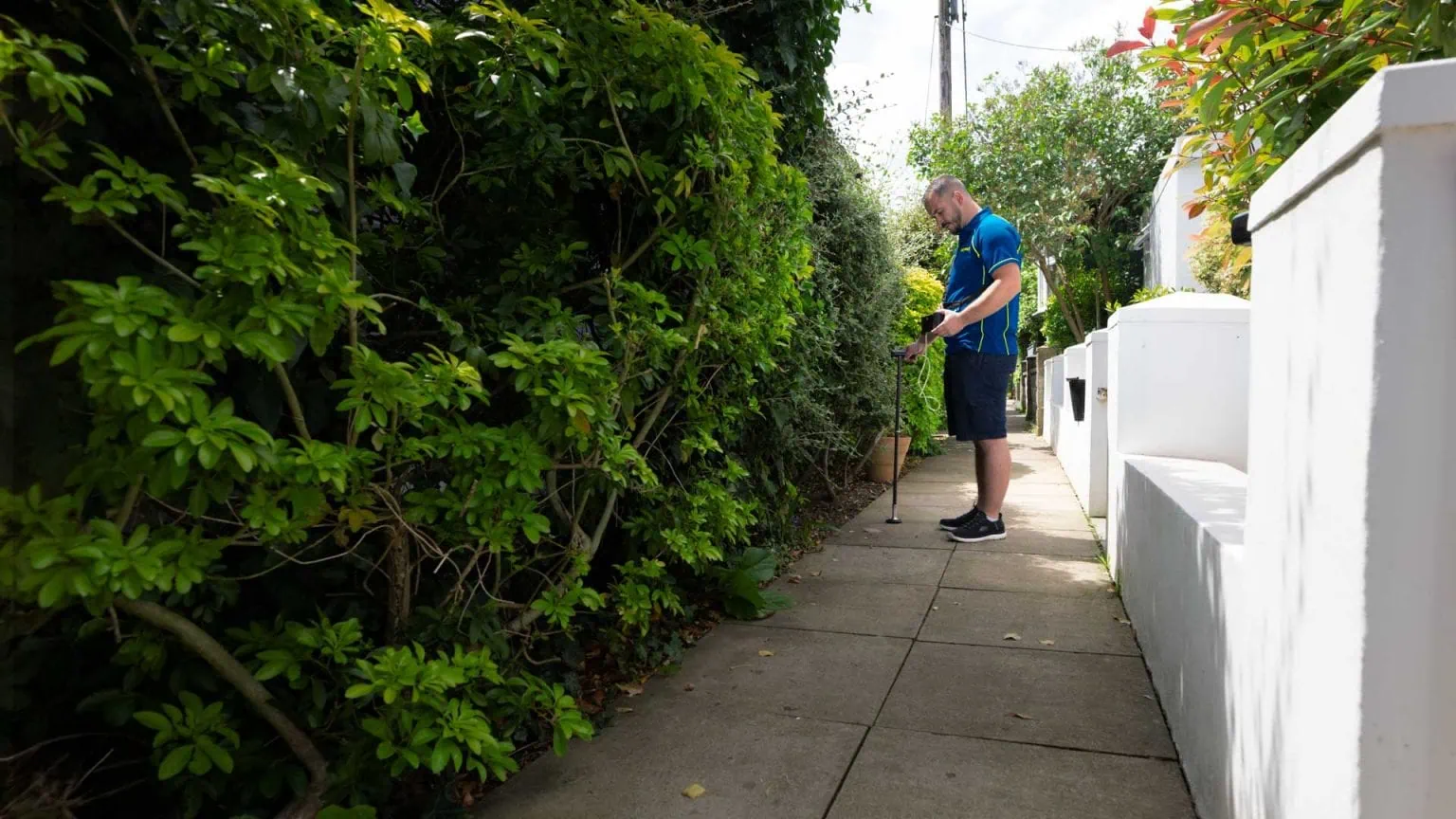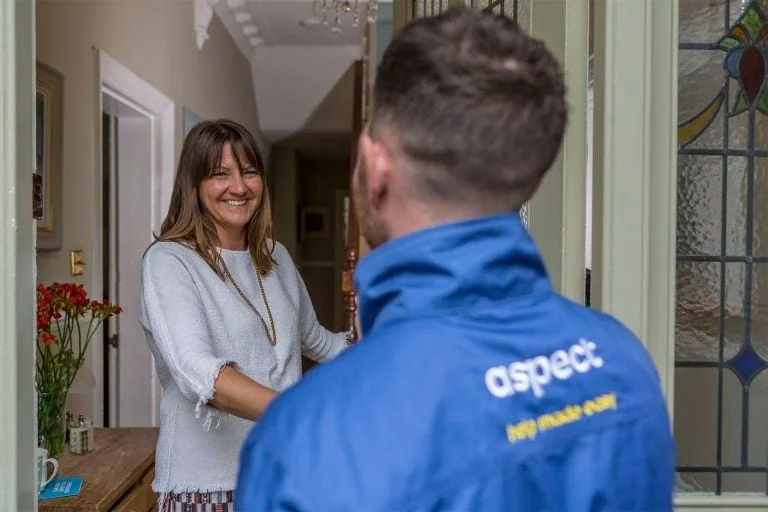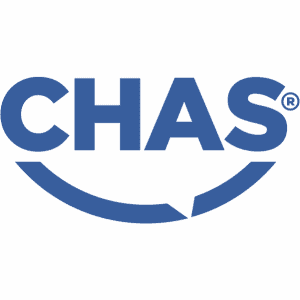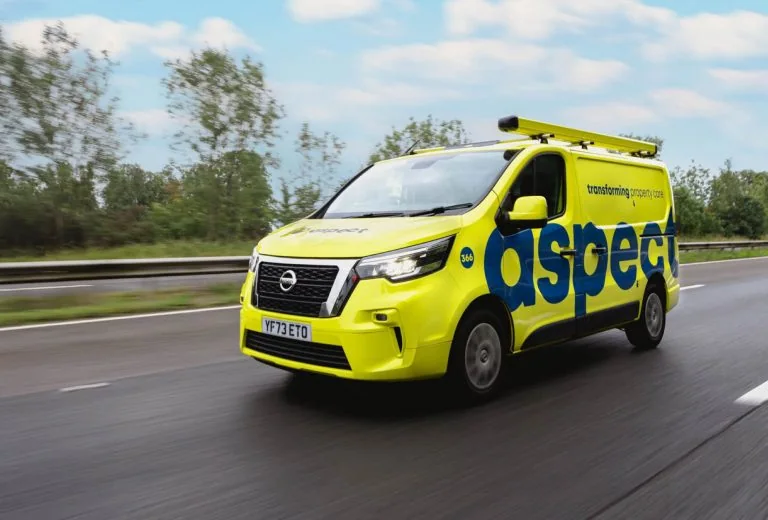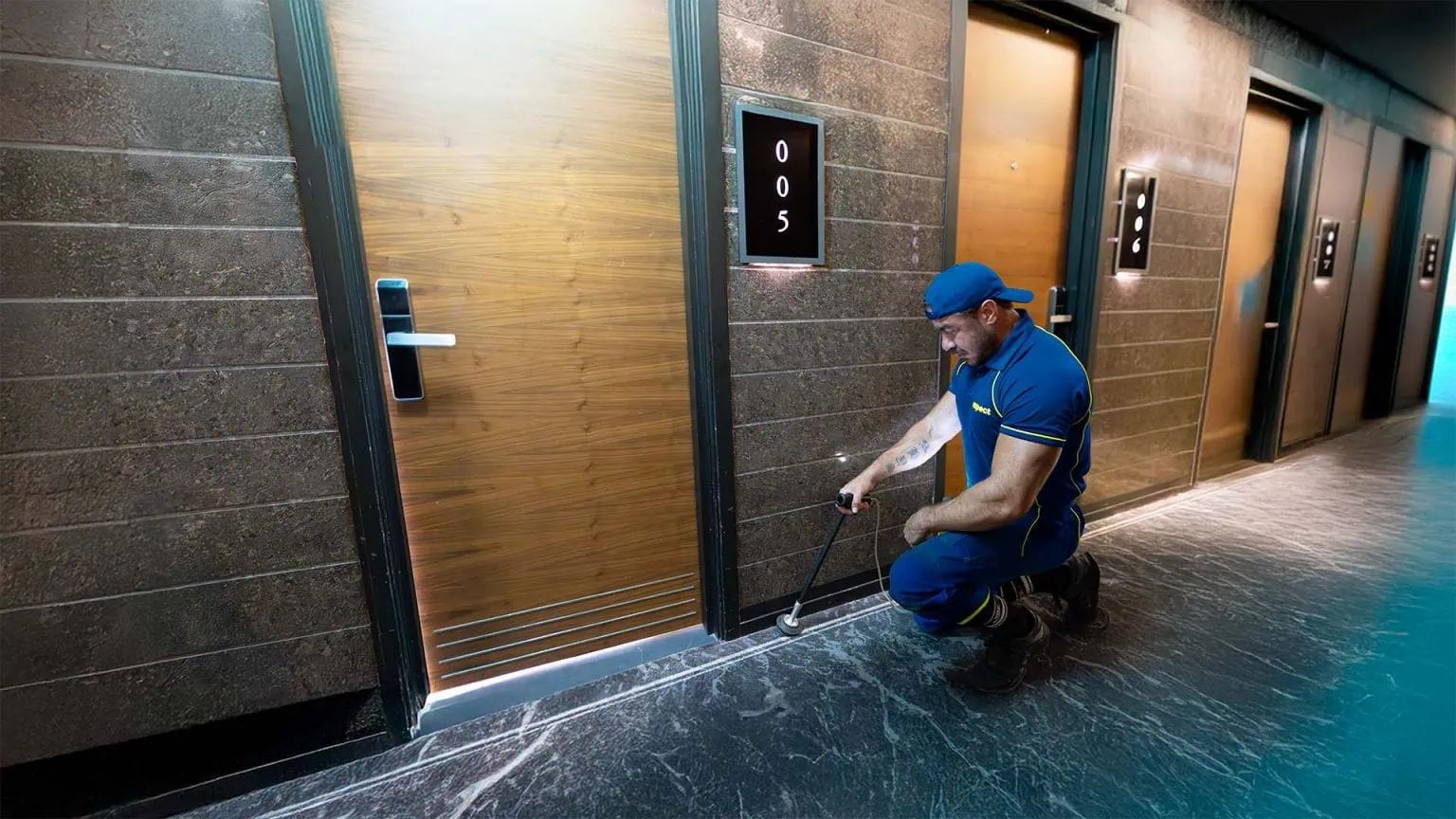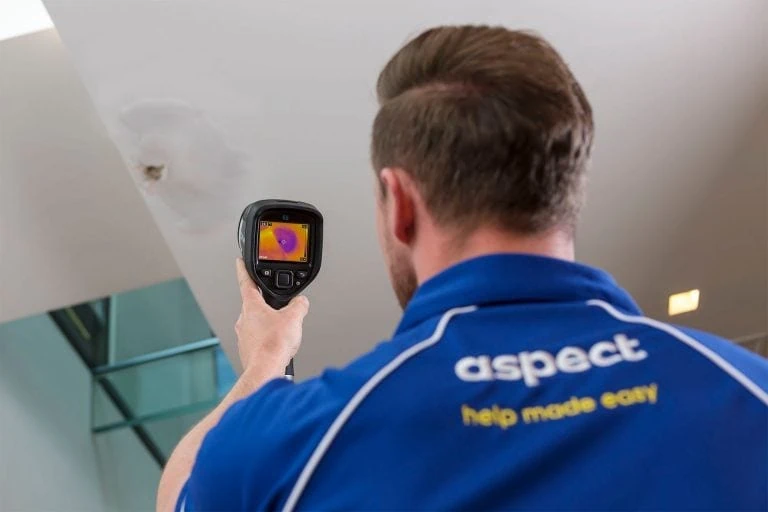The traditional approach to finding an underground water leak would be to expose the pipe. This involves digging a trench. Digging would continue along the length of the underground pipe until the leak was revealed. An excavation team would have to be scheduled. This approach is usually time consuming, expensive and disruptive.
The high-tech methods we use means the location of an underground leak can usually be found without needing to dig. The process can be started immediately. It isn’t disruptive and it saves time and money. Once located, digging to expose the leak for visual confirmation can be highly targeted.
Detecting underground pipes
The line that pipes are buried underground isn’t always obvious. Radio transmission and detection equipment is used to map where underground pipes are buried. The equipment is especially useful at large properties where pipes will run longer distances.
A survey line along where underground pipes have been laid can be marked. Specialist detection methods are then used along the full length of the survey line.
Acoustic equipment
Water that’s under pressure in an underground water supply pipe creates tiny vibrations when it escapes. Highly sensitive acoustic equipment is used to detect these vibrations. A microphone is placed on the ground and the vibrations are amplified as sound.
The microphone is placed in different positions along the survey line. Changes in the sounds detected allow our experts to pinpoint the location of the underground leak.
The technology works on small or large leaks. It can be used to detect underground water leaks in pipes made from any material. It’s so sensitive that a tiny leak buried several feet beneath the surface can be detected.
Tracer gas
Water pipes can be drained and filled with a non-harmful, inert gas mix. A probe is used to detect the presence of this gas. When the gas escapes from the fault in the pipe the probe sounds an alert as soon as it’s detected.
The gas is lighter than air and is able to penetrate soil, most solid floor coverings, and even concrete slabs. The gas doesn’t leave a residue. It’s completely safe to use on drinking water pipes.
This test is useful for detecting underground water leaks either when acoustic equipment can’t be used, or when further confirmation on the location of a leak is needed.
